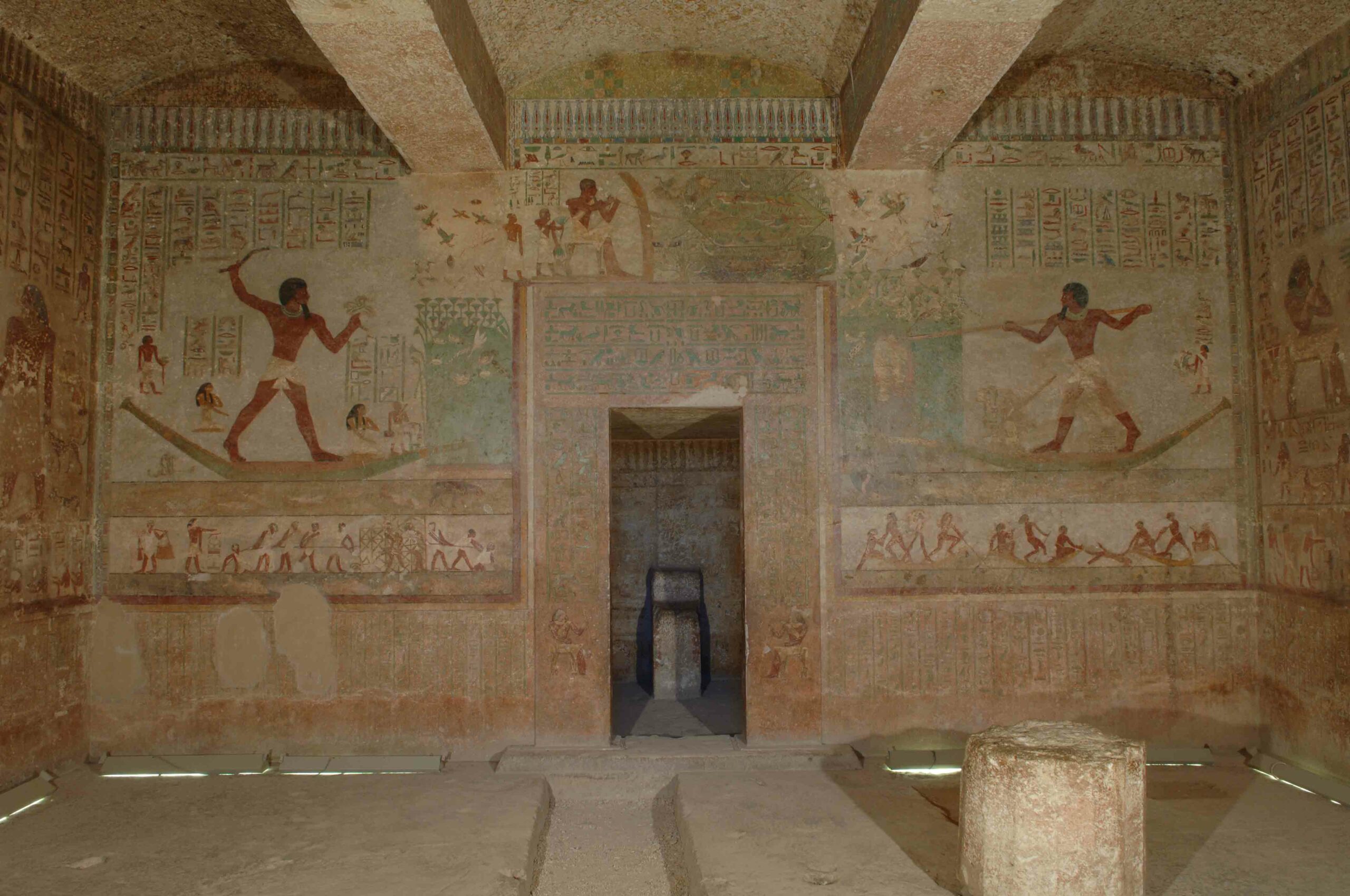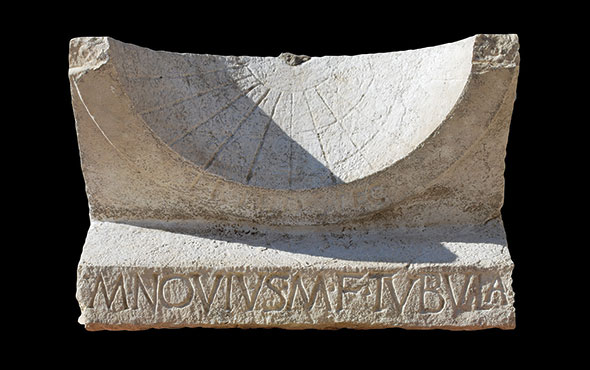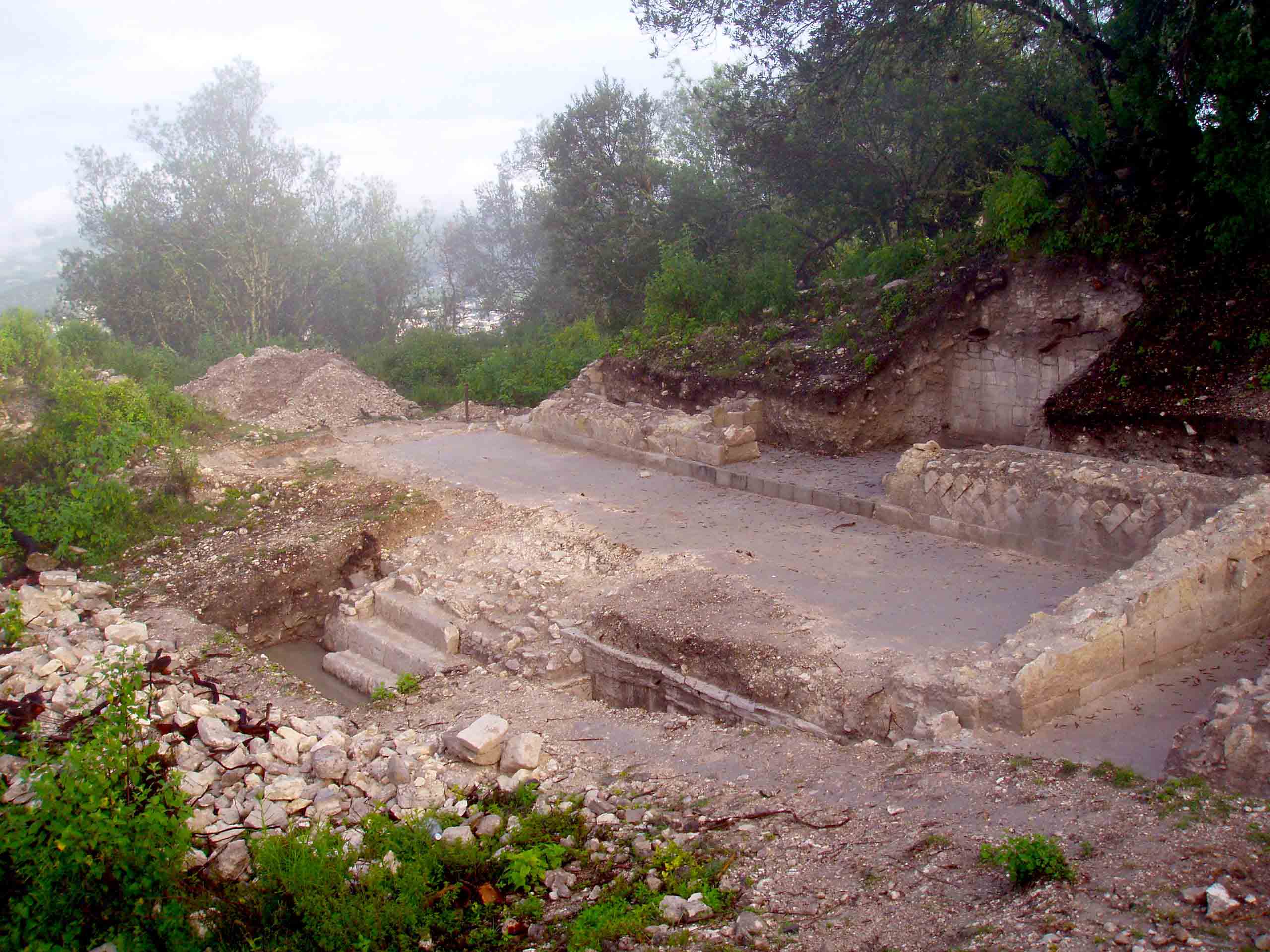
MONGOLIA

MONGOLIA: The Dongoin Shiree steppe in eastern Mongolia contains a unique 8th-century funerary monument that suggests the region was an important power center during the Second Turkic Khaganate. A stone sarcophagus was placed at the center of an earthen mound and surrounded by 14 stone pillars inscribed with Turkic runes. They comprise one of the largest collections of Turkic inscriptions ever found in Mongolia. One passage reveals that the deceased individual was an important and highranking official during the reign of Bilge Khagan (r. 716–734).

KAZAKHSTAN

KAZAKHSTAN: It has long been thought that all modern domesticated horses are descended from those first tamed by the Botai culture in Kazakhstan about 5,500 years ago. Surprisingly, analysis of ancient DNA from 20 Botai horses has shown that they are not ancestors of our modern horses, but of Przewalski’s horses, considered to be the last remaining wild horses. If Przewalski’s horses are, in fact, not wild, but feral descendants of the Botai, it would mean that there are no longer any truly wild horses in existence today.

ETHIOPIA

ETHIOPIA: Footprints left by children as young as 12 months offer a glimpse of family dynamics 700,000 years ago. The prints at Melka Kunture were left by a group of Homo heidelbergensis individuals gathered around a shallow pool, where evidence of stone tool knapping and the butchered carcass of a hippopotamus were also found. The small children’s footprints reveal how they tagged along as the adults carried out their daily activities, perhaps to observe and learn important survival skills such as hunting and toolmaking.

SYRIA

SYRIA: Analysis of aerial and satellite imagery has revealed the presence of an extensive 4,000-yearold defensive network in northern Syria. This Middle Bronze Age system is composed of as many as 1,000 stone towers, forts, and enclosures, which were erected along the mountainous ridges east of Hama to protect and surveil the landscape. The structures were all built within sight of one another so that communication could be maintained using either light or smoke signals.
Related Content

TURKEY

TURKEY: According to some ancient sources, the Greco-Roman priests of Hierapolis would lead sacrificial animals toward the city’s purported gate to the underworld, where the beasts would suddenly collapse and die. A recent study has finally revealed the truth behind this 2,000-year-old mystery. “Pluto’s Gate” is actually built atop a fault that emits carbon dioxide. Because it is heavier than air, the gas collects in higher concentrations closer to the ground. The priests were tall enough to avoid toxic levels of the gas, but the animals were not so fortunate.

ITALY

ITALY: Italian authorities announced that they have identified the first Etruscan settlement ever found in Sardinia. The 9th-century B.C. site was strategically situated on the small island of Tavolara off the coast of Olbia. The settlement likely served as an important cultural and trade link between the Early Iron Age Sardinian Nuraghic communities and Etruscan cities on the Italian mainland, just across the Tyrrhenian Sea.
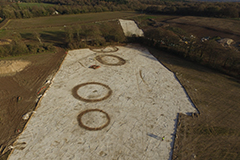
ENGLAND

ENGLAND: Beneath a field in Hampshire slated for development, archaeologists discovered the remains of a Bronze Age barrow cemetery, along with other ritual and mortuary enclosures. When excavated, they proved to contain both cremated remains and crouched-style burials. The largest of these structures measures 15 feet in diameter. In other parts of the 5-acre site, clusters of individual cremation graves were found, as well as a small roundhouse and a number of ditches.

SCOTLAND

SCOTLAND: Mystery surrounds the discovery of a World War I–era Austrian belt buckle near Stirling Castle. The buckle depicts the imperial double-headed eagle and Austrian coat of arms and was found during excavations of a footpath known as the Black Walk. It isn’t known how the object arrived at Stirling Castle, but officials believe it may have been a war trophy brought back by a Scottish soldier or may have even belonged to an Austrian prisoner who was held at the castle.

BAHAMAS

BAHAMAS: Researchers mapped the genome of an ancient Taino woman using DNA from one of her teeth. She was buried 1,000 years ago at a site called Preacher’s Cave on the island of Eleuthera. Her genome indicates that she is most closely related to present-day Arawakan speakers in northern South America, where her ancestors likely originated. But the study revealed that she is also partly related to some modern Puerto Ricans, underscoring the continuity there between the modern population and their precontact ancestors.
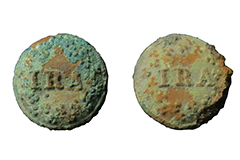
SAN FRANCISCO

SAN FRANCISCO: Two Irish Republican Army jacket buttons have been retrieved from a late 19th-century privy. Originally, the IRA was the military wing of the Fenian Brotherhood, which was founded in New York in 1858 and dedicated to Irish independence. City records indicate that two Irish families (the Quinns and the Powerses) shared the privy space. The buttons may have been intentionally thrown away after a decline in the Fenian Brotherhood’s popularity, thanks in part to its series of unsuccessful military raids into British Canada.









